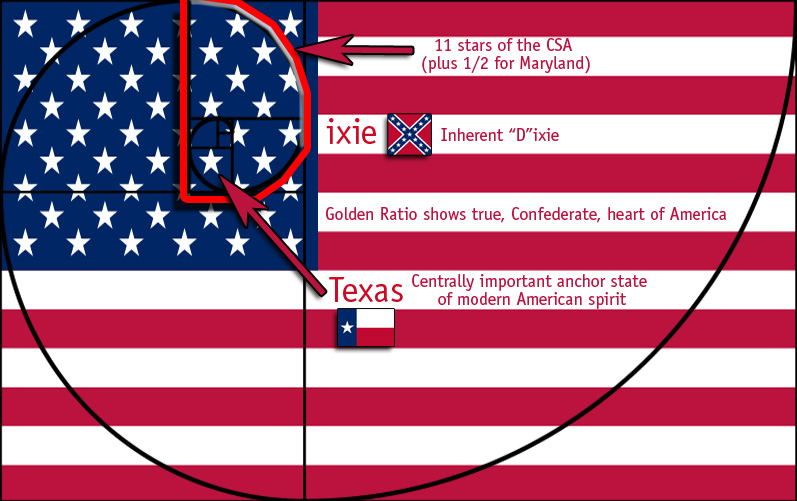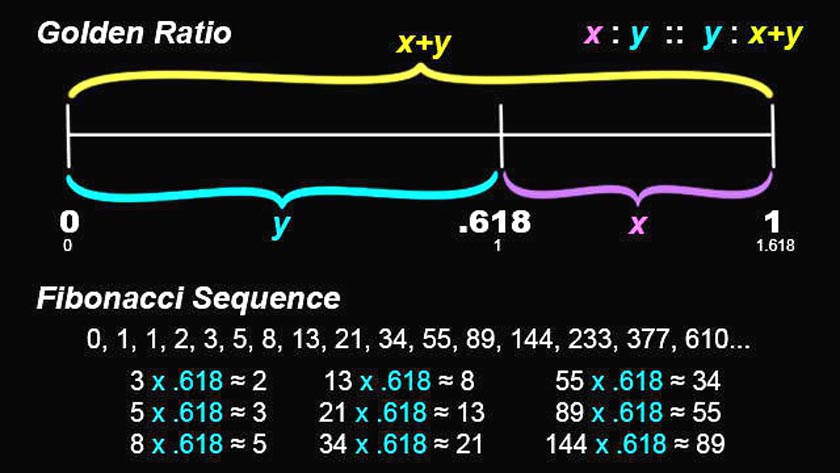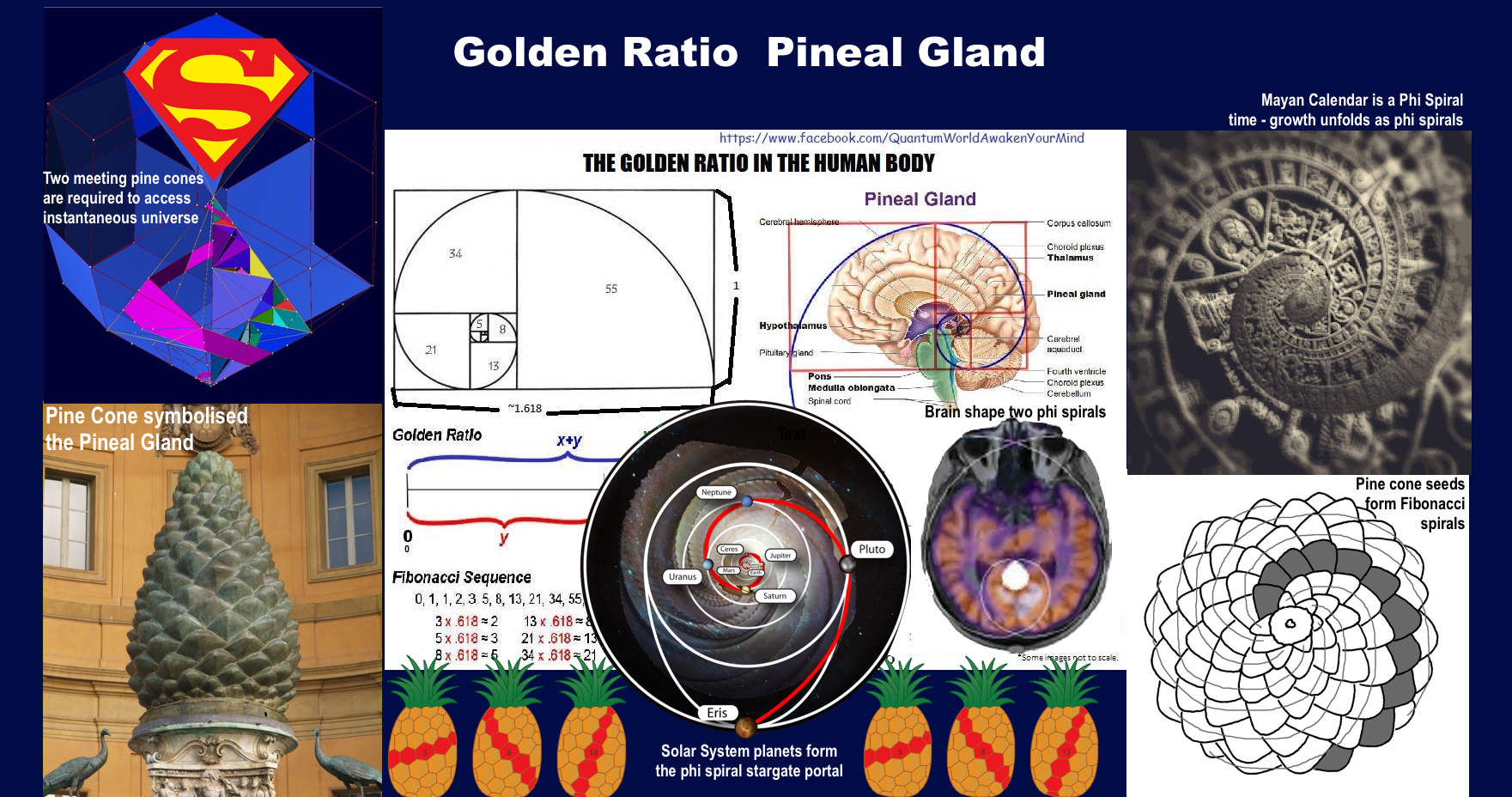“Why 137?” was the question Nobel Prize winning physicist Wolfgang Pauli (1900-1958) was preoccupied with throughout his life. You see the fine structure constant, a dimensionless fundamental constant of physics, has a value nearly equal to 1/137. Here’s an overview:
In his Nobel lecture delivered in Stockholm on 13 December 1946, Pauli expressed his goal was to establish a theory “which will determine the value of the fine-structure constant and will thus explain the atomistic structure of electricity, which is such an essential quality of all atomic sources of electric fields actually occurring in nature.”
The charge of an electron is equal to the square root of (fine structure constant x 4π) in natural units.
Pauli famously quipped, “When I die my first question to the Devil will be: What is the meaning of the fine structure constant?” Unfortunately Pauli died without accomplishing his goal in the Red Cross Hospital of Zurich in Room 137—and he was aware of that synchronistic irony before he died.
The great psychotherapist Carl Jung helped Pauli in his quest to find a mathematical basis for the fine structure constant by interpreting more than 400 of Pauli’s dreams, published in Jung’s Psychology and Alchemy. Jung believed that Pauli unconsciously comprehended “some grand cosmic order.” Arthur Miller wrote a book about their collaboration entitled, 137: Jung, Pauli, and the Pursuit of a Scientific Obsession.
The brilliant Nobel Prize winning physicist Richard Feynman had this to say about the fine structure constant:
“It has been a mystery ever since it was discovered more than fifty years ago, and all good theoretical physicists put this number up on their wall and worry about it. Immediately you would like to know where this number for a coupling comes from: is it related to π or perhaps to the base of natural logarithms [known as e]? Nobody knows. It’s one of the greatest damn mysteries of physics: a magic number that comes to us with no understanding by man. You might say the ‘hand of God’ wrote that number, and ‘we don’t know how He pushed his pencil.’ We know what kind of a dance to do experimentally to measure this number very accurately, but we don’t know what kind of dance to do on the computer to make this number come out, without putting it in secretly!” -Richard Feynman QED: The Strange Theory of Light and Matter (1985)
 Belshazzar’s Feast by Rembrandt (1635) — slightly altered by the author
Belshazzar’s Feast by Rembrandt (1635) — slightly altered by the author
Curiously, the Hebrew word קבלה, meaning Kabbalah, takes a Gematria value of 137. The Bible says Ishmael lived to the age of 137. The Koran says Ishmael is buried next to the Kaaba in Mecca.
Symbolically, this is the threshold between the physical dimension and the utterly spiritual dimension. In other words, at the boundary line of the physical world, the number 137 emerges…
Physicist Leon M. Lederman numbered his home near Fermilab 137 based on the significance of the number to those in his profession. Lederman expounded on the significance of the number in his book The God Particle: If the Universe Is the Answer, What Is the Question?, noting that not only was it the inverse of the fine-structure constant, but was also related to the probability that an electron will emit or absorb a photon. He added that it also, “contains the crux of electromagnetism (the electron), relativity (the velocity of light), and quantum theory (Planck’s constant). It would be less unsettling if the relationship between all these important concepts turned out to be 1 or 3 or maybe a multiple of π. But 137?”
-Wikipedia article on 137 (number)
Cosmologist Robert L. Oldershaw reasons that 137 is the relationship of the strength of the unit electromagnetic interaction compared with the strength of the unit gravitational interaction. That sounds pretty fundamental to me.
Strangely, approximately 137 x 10,000,000 years have elapsed since the Big Bang.
In the Bohr atomic model, the innermost electron of a hypothetical atom with atomic number 137 would be orbiting just below the speed of light, and the next heaviest element would be impossible because its electron would have to exceed c. Atoms close to the theoretical limit of 137 are unstable and not found in the universe.
The fact is, the fine structure constant is not exactly 1/137. The currently accepted value is 1/137.035999074 (CODATA 2010). The denominator of the constant is called α (alpha) and it is slightly larger than 137.
In order of increasing accuracy, here are various thinkers’ attempts to discover the math behind 1/α.
 The quest for a mathematical basis of 1/α
The quest for a mathematical basis of 1/α
I learned about most of these discoveries from an outstanding paper called Dimensionless Physical Constant Mysteries by Ke Xiao.
My illustration of the golden angle below is coincidentally exactly equal to Bohr’s formulation of alpha, 360/(Ф^2). The golden angle controls plant patterning of repeated biological units (called phyllotaxis) and governs the geometrical optics of rainbows. More info on these subjects is available in The Divine Proportion. It is worth pondering whether phyllotaxis and/or rainbows are ultimately governed by the golden angle or alpha? They are 99.7% equivalent.
 The golden angle, from The Divine Proportion
The golden angle, from The Divine Proportion
The equation by D. Beere (1973) above is actually from his book USP-A: Physics for Flying Saucers. I had to work out the math to find the hidden formula for alpha and it turns out to be an elegant one, which comes out of comparing electrical inductance in a loop with the fluid mechanics of a vortex. It is fascinating that putting the math together from these two different but analogous phenomena (magnetic vortex vs. material vortex) yields an approximation of alpha. This might be an avenue for more research.
W. A. Harrington contacted me a few days ago because of my work on the Divine Proportion and shared some of his complex equations related to the fine structure constant (one of his is shown above). What little I understand of them inspired me to dig deeper and attempt to answer Pauli’s question myself, “Why 137?” and this blog post (and my fortuitous formulation of 1/α) is the result.
W. R. Mellen’s equation is elegant because it is simply the hypotenuse of a Pythagorean triangle. However, it doesn’t tell us anything about where 137 comes from.
 The hypotenuse is α
The hypotenuse is α
In my final formulation of 1/α (revised Jan 2016), the repetition of digits was the key and it resonates with the fact that 137 is the 33rd prime. I was able to figure it out because one of W. A. Harrington’s formulas for 1/α has a value of 137.037037037… and I recognized that repeating pattern.
When I cracked Jules Verne’s code in Quantification (20,000 Leagues Under the Sea was a journey of 111,111 km), I realized that 33.333…^3 = 37037.037037037… and this led to the following equation, with error in parts per million. The bars above 3 of the digits indicate eternally repeating digits.

An approximation of the ratio of a circle’s circumference to its diameter can be expressed in terms of alpha and repeating threes.

The way I exactly expressed Ф and its reciprocal in The Divine Proportion was another repetition of digits.

Feynman called Euler’s Identity “our jewel” and “the most remarkable formula in mathematics.” It normally takes the form you can read about on Wikipedia but I came across an alternate formulation of Euler’s Identity in Xiao’s paper that I think is even more beautiful because it relates e, i (√-1), π, Ф, and ϕ, fundamental constants others have used to express α:
 The most beautiful equation in mathematics
The most beautiful equation in mathematics
The above equation is a kind of mathematical poetry connecting 4 of the most important constants. The poetry is beautiful because of this elegant interconnection. Having 1 and 0 in the standard formulation is better than -1 but I think that the most pleasing formulation includes the golden ratio Ф (≈1.618) and its reciprocal ϕ (≈0.618) because this expresses the unique nature of the divine proportion whilst simultaneously forming a elegant relationship with e, i and π.
Astrophysicists measured variations in the fine structure constant in 2011. WTF!
“While the data from just one telescope seemed to suggest that alpha varies in time, data from the two telescopes show that alpha also seems to vary in space. Such a discovery could have major implications, starting with shattering the basic assumption that physical laws are the same everywhere in the universe. The results also violate the Einstein Equivalence Principle, and suggest that the universe may be much larger than currently thought – or even infinite in size.
If alpha were just 4% bigger or smaller than it is, stars wouldn’t be able to make carbon and oxygen, which would have made it impossible for life as we know it to exist.
One intriguing possible implication is that the fine-structure constant is continuously varying in space, and seems fine-tuned for life in our neighborhood of the universe.” –PhysOrg.com
Fortunately for us the amount of variation is 4.1σ – 4.2σ, which means we only have confidence in α to 99.99%.
The mystery about α is actually a double mystery. The first mystery – the origin of its numerical value α ≈ 1/137 has been recognized and discussed for decades. The second mystery – the range of its domain – is generally unrecognized. —Malcolm H. Mac Gregor, The Power of Alpha (2007)
It will be harder to elicit the true math behind the fine structure constant until we understand precisely how such a fundamental constant changes.
“There is no need to suppose that all the laws of nature sprang into being fully formed at the moment of the Big Bang, like a kind of cosmic Napoleonic code, or that they exist in a metaphysical realm beyond time and space…If we want to stick to the idea of natural laws, we could say that as nature itself evolves, the laws of nature also evolve, just as human laws evolve over time. But then how would natural laws be remembered or enforced? The law metaphor is embarrassingly anthropomorphic. Habits are less human-centred. Many kinds of organisms have habits, but only humans have laws.” –Rupert Sheldrake
The reason 137 has obsessed so many thinkers to try and find the math behind it is
clear. Einstein wrote, “In a reasonable theory there are no numbers whose values are only empirically determinable.”
“It is impossible for human minds to construct something as infinitely rich as mathematics, that so successfully describes our universe down to the finest detail. Given that it is impossible for anything else to describe our world so accurately, it is also impossible to conclude that the universe is not mathematical.
It’s often said that the whole of biology is explained by chemistry, the whole of chemistry by physics and the whole of physics by mathematics, the queen of the sciences. If all physics is contained within mathematics, it has the most radical consequences. Advocates of the Multiverse seek to argue that life in our universe is an accident, an outcome of a random version of physics that applies to our universe. If, however, there’s only one physics, defined entirely by ontological mathematics (which is a single, interlocked edifice) then the fact that there is life in our universe is no accident at all. It implies nothing less than that our universe is alive. It is designed for life because it IS life.
The fundamental constants of physics are finely tuned for life precisely because they are manifestations of a living system.[emphasis my own]
A living universe is a universe of mind. The ideology of scientific materialism is thereby refuted. Many scientists are so blindly wedded to materialism that they would rather invoke infinite universes and infinite versions of physics and infinite sets of varying fundamental constants than embrace mind and life. Yet infinity does not help them. How can infinity convert the inanimate into the animate? How can consciousness come from mindless atoms? These are impossibilities, pure and simple. EVERYTHING makes sense as soon as it’s accepted that the universe, in its most basic aspect, is living not dead, and minded not mindless.” –Mike Hockney

Yours is the eye perceiving atop the pyramid, the answer to the question, “Why 137?”











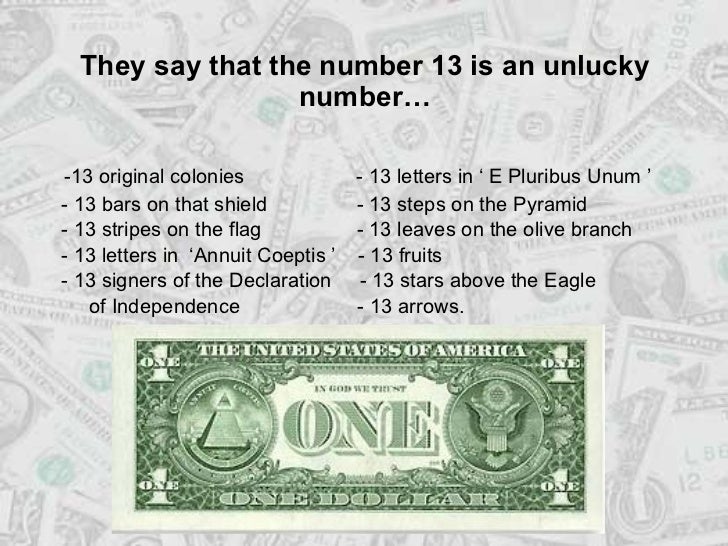

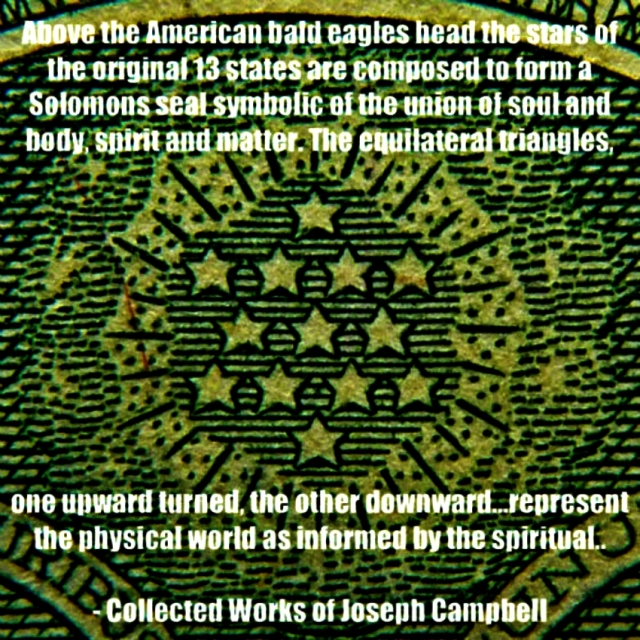
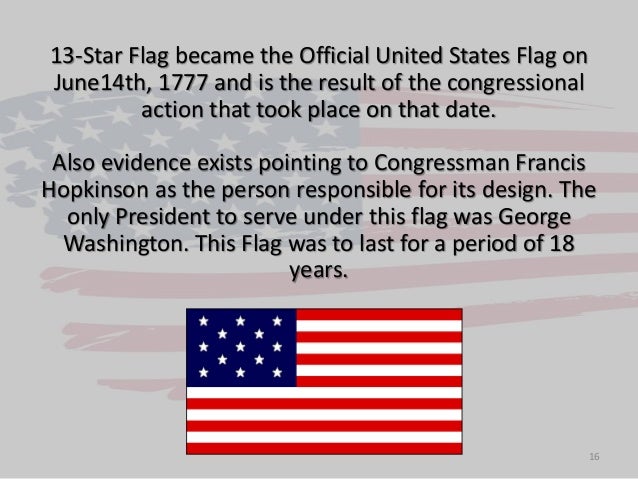


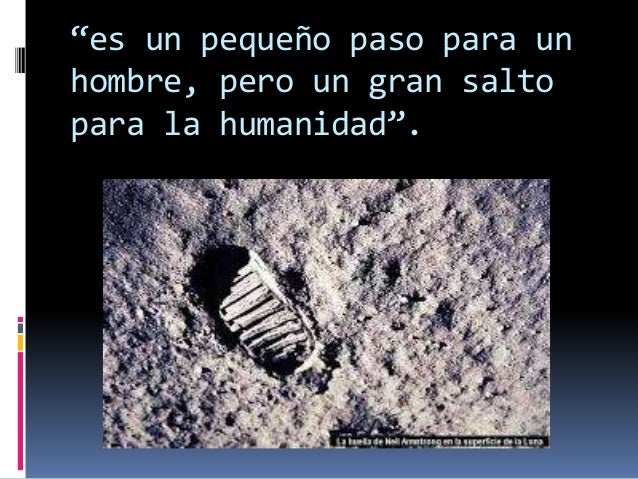
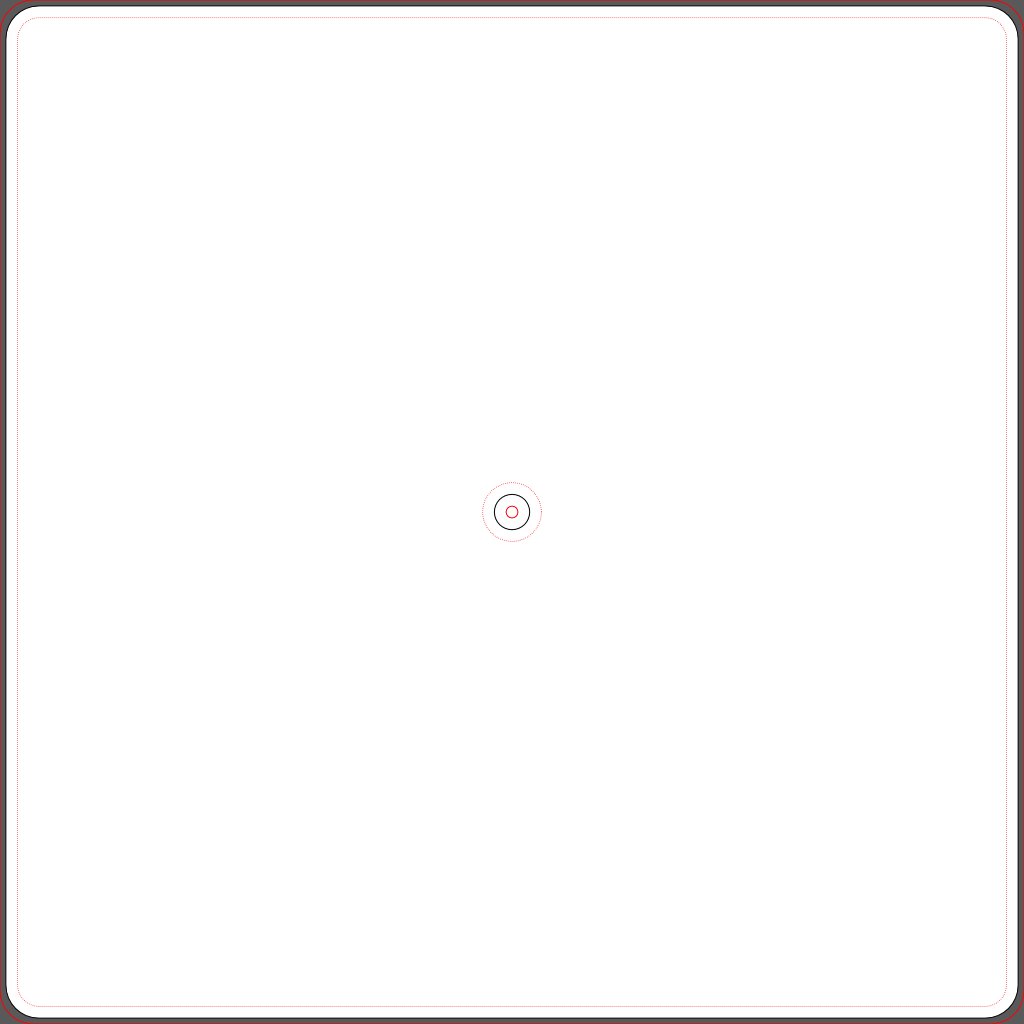






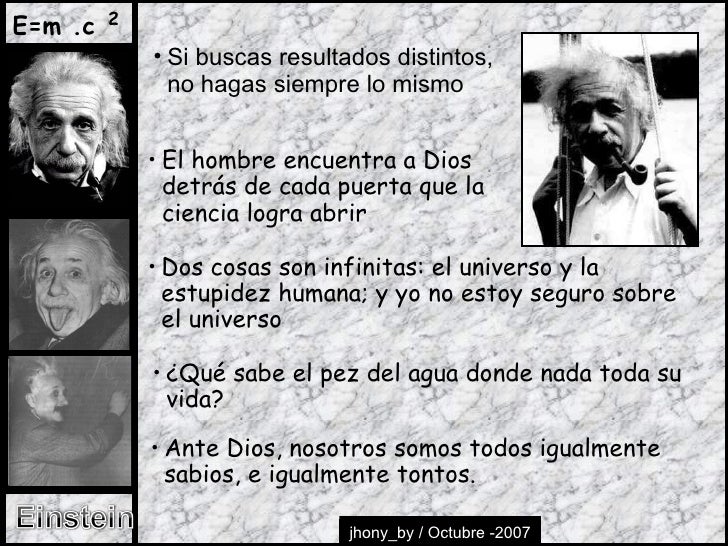





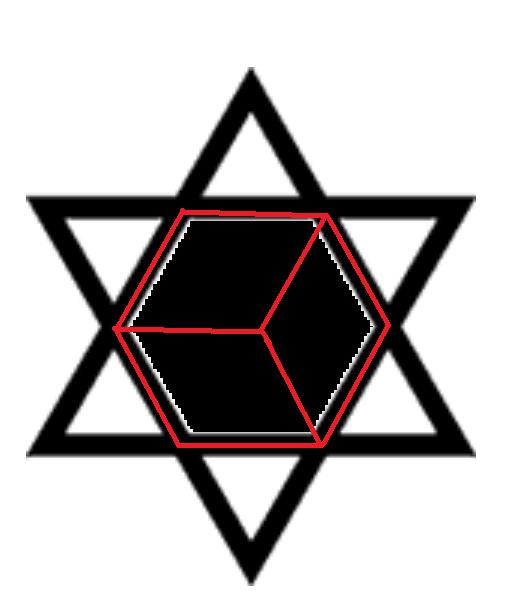

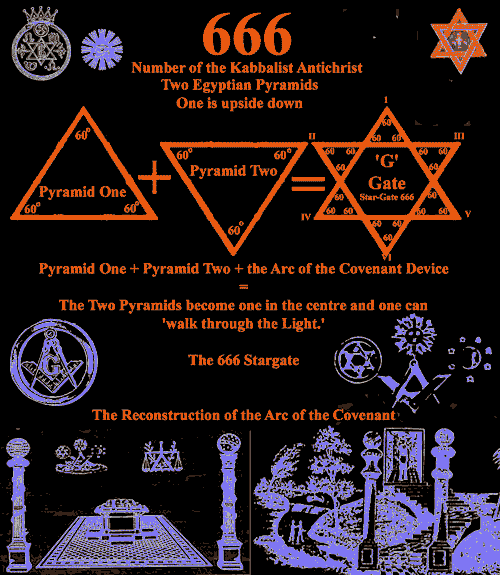

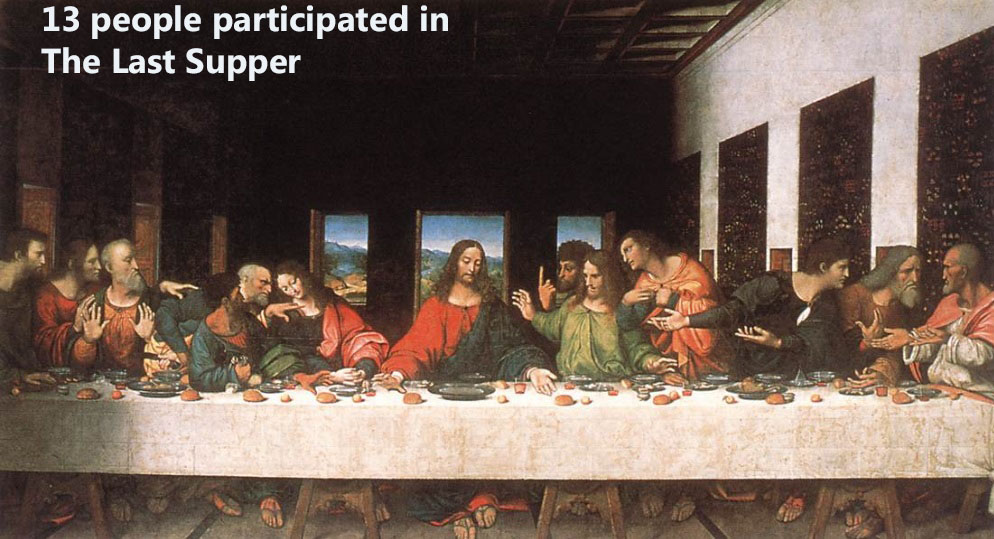







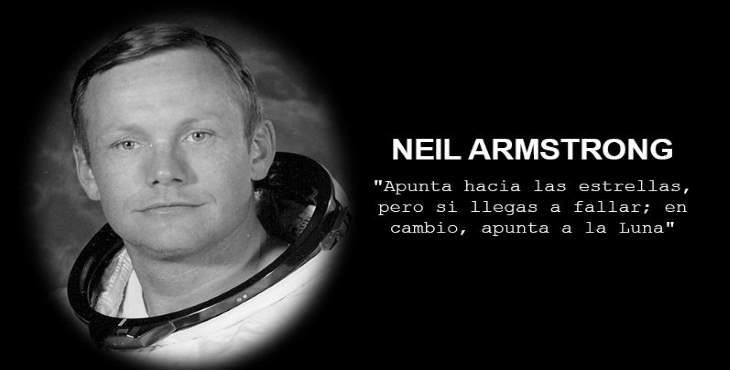
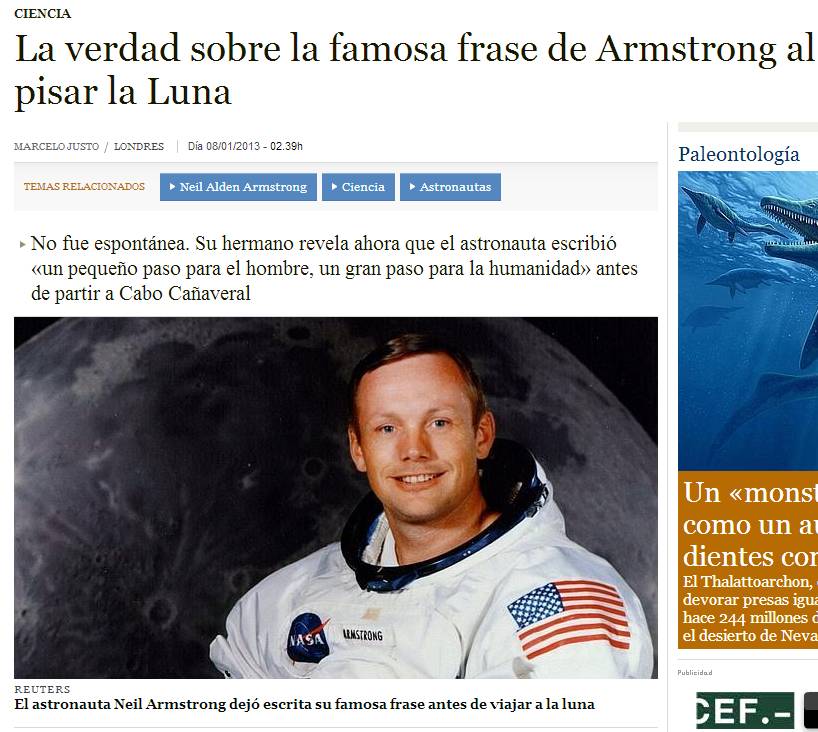







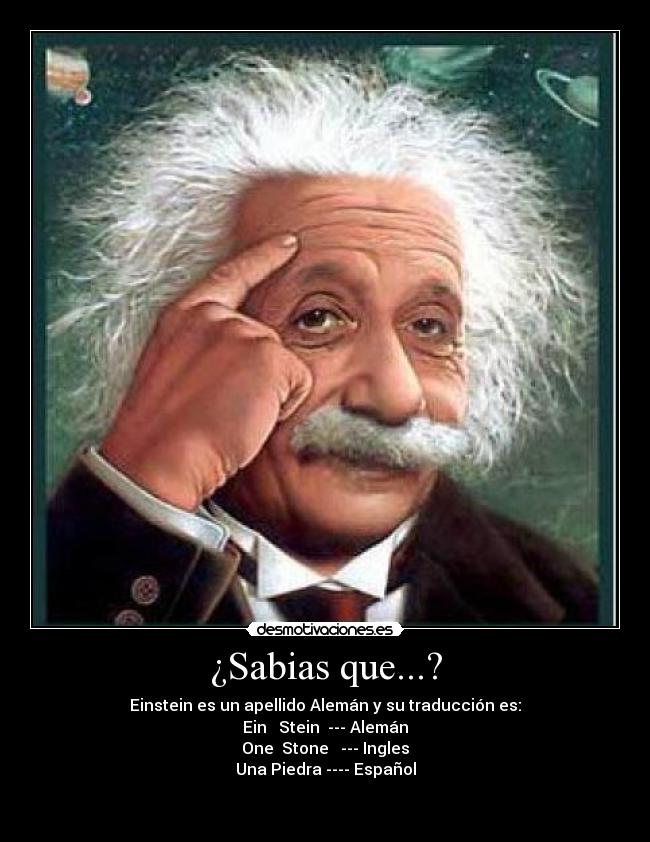

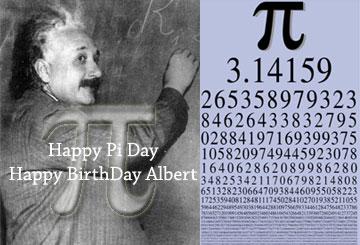

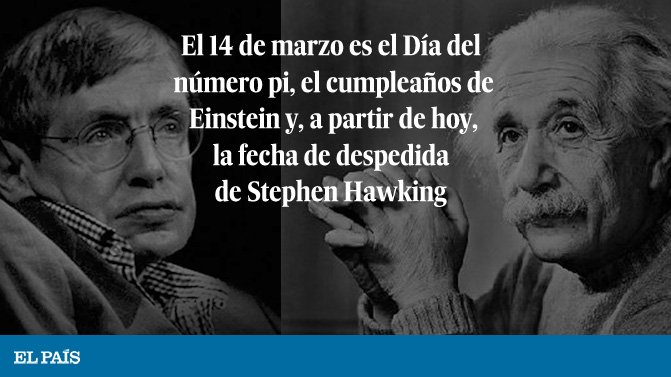







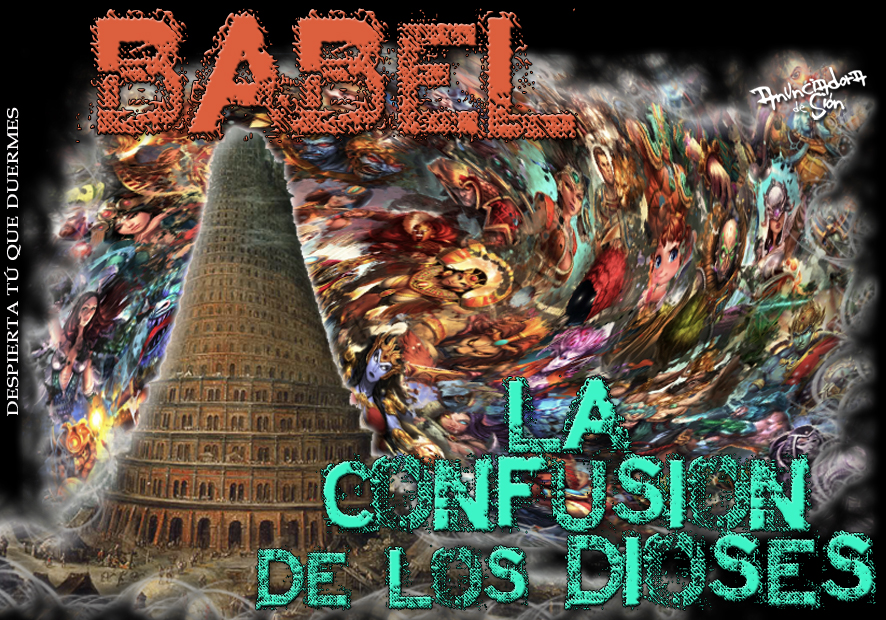


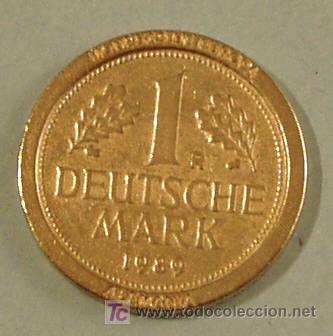
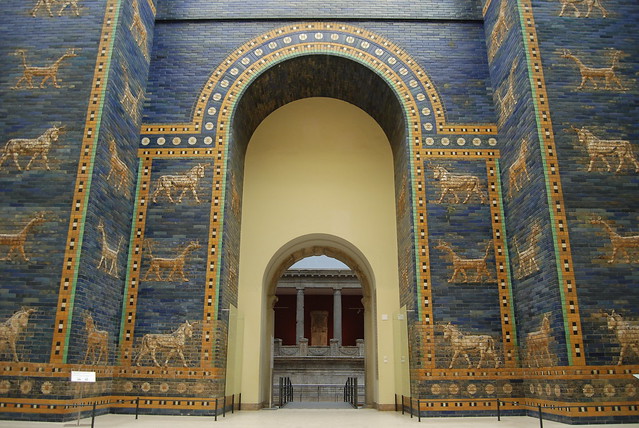
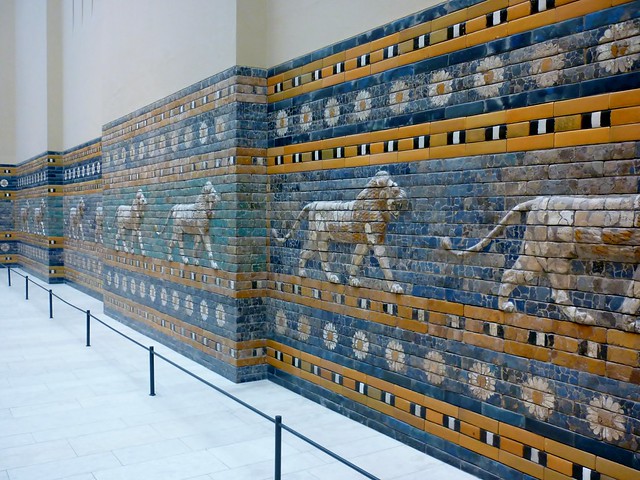



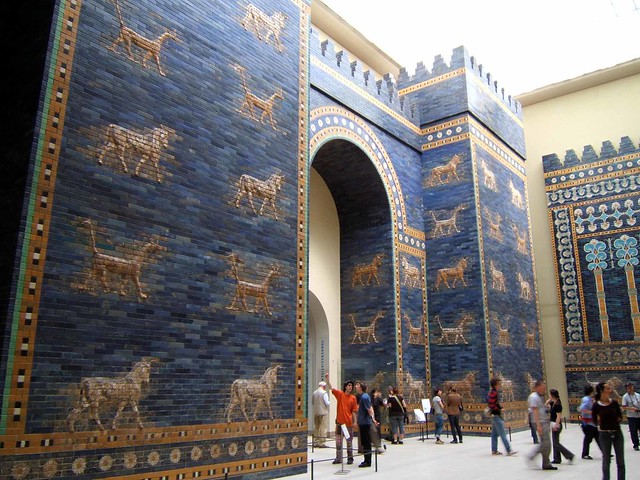

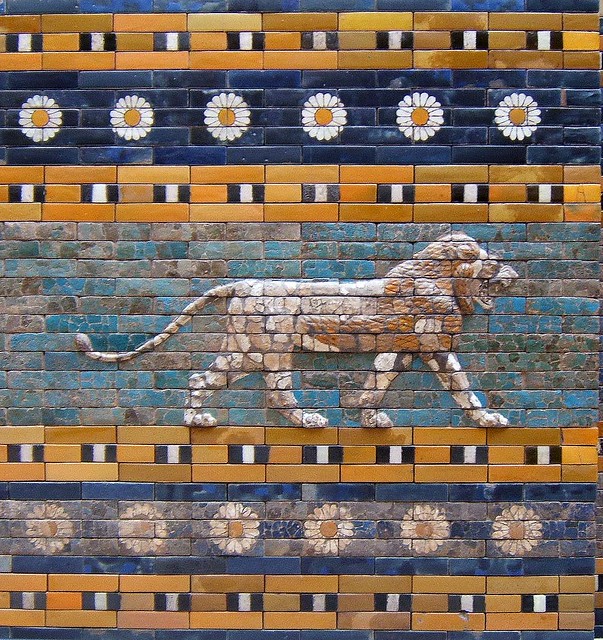


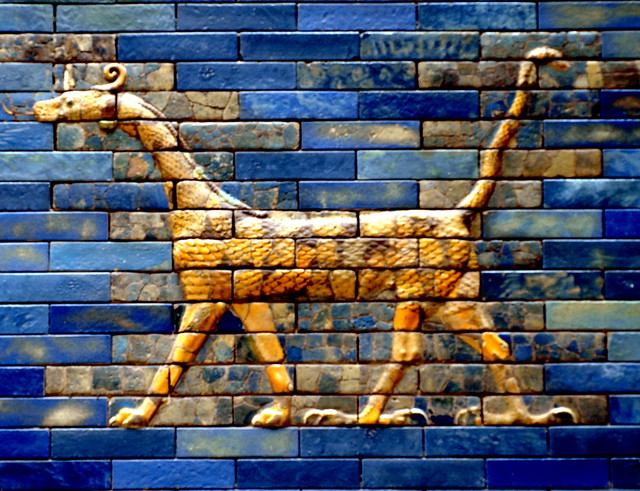


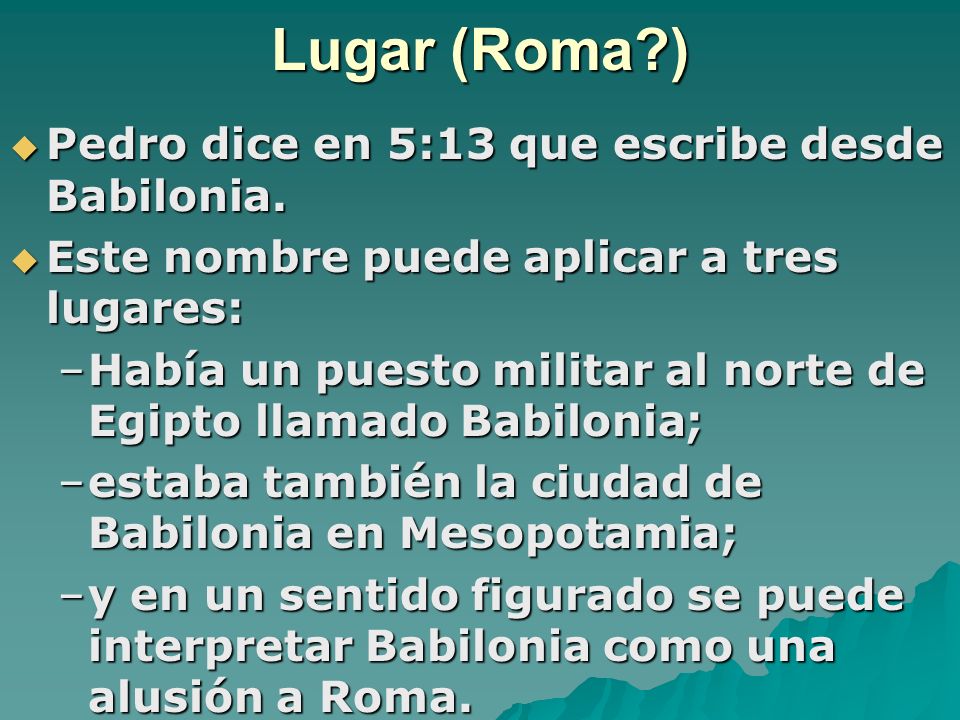
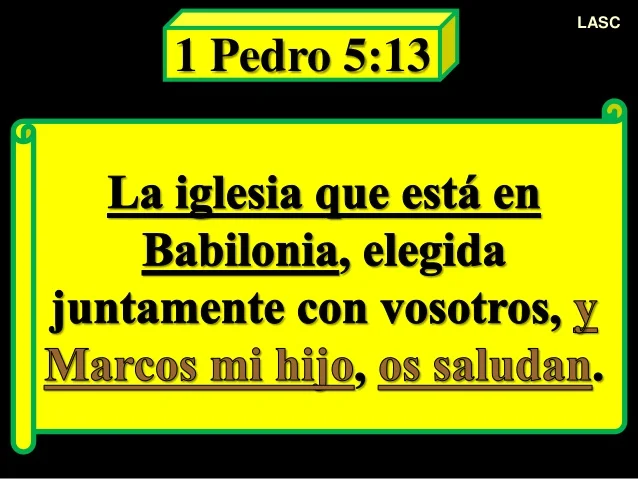
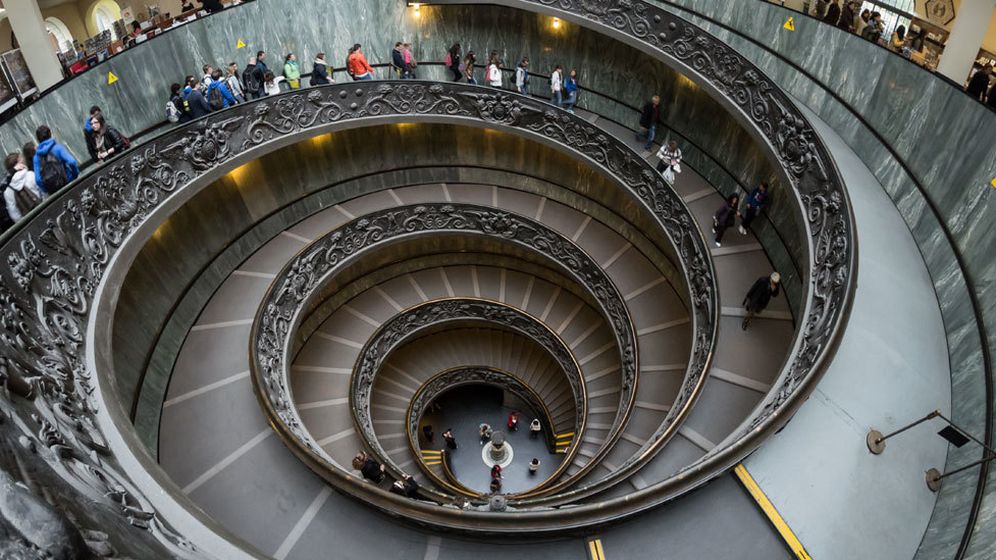 La escalera de Bramante, en los Museos Vaticanos
La escalera de Bramante, en los Museos Vaticanos


